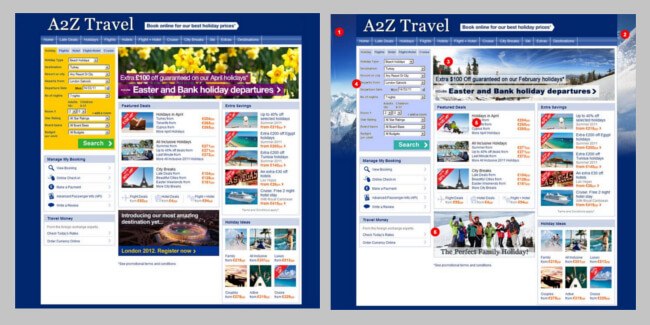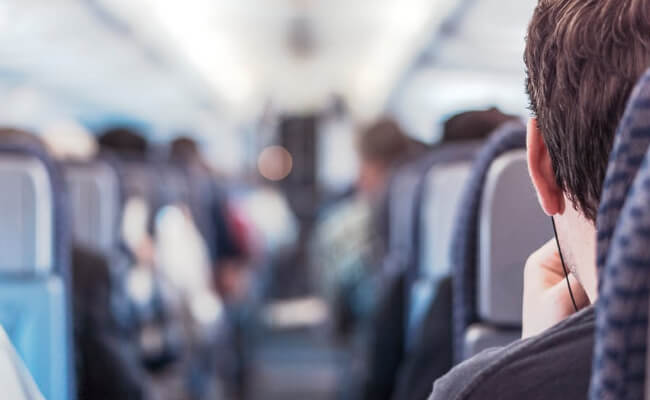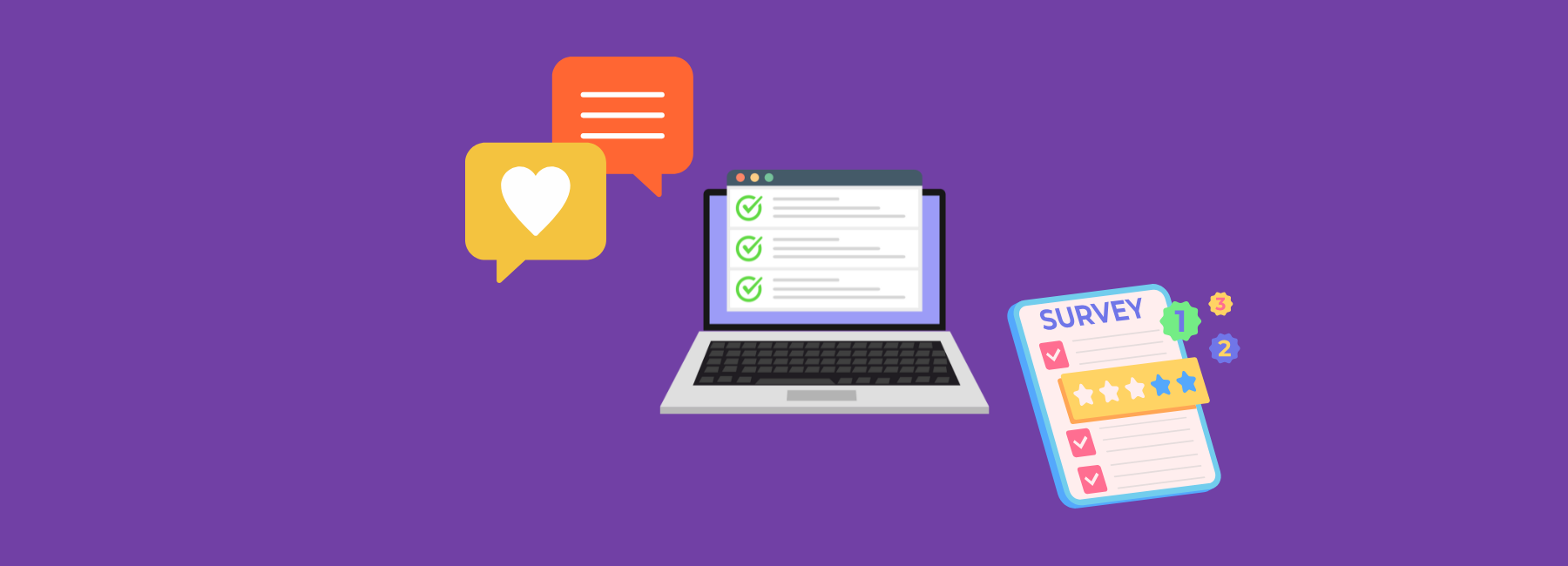As shown in a research carried out by Capital One, only 9 percent of travelers will book a trip based on brand loyalty. Tough crowd, right? Absolutely, and the truth is, we’re all susceptible to it. In this industry, people are more inclined to just go with the cheapest option. This is why travel organisations have to be more tactical in attracting and engendering loyalty from their customers.
More forward-thinking travel organisations are taking it one step further and setting themselves apart from the myriad of competitors out there and they’re doing this by way of personalised customer experiences – better known to travel marketers as ‘personalisation’.
Here’s a closer look at personalisation in the travel industry and the power of intertwining this customer data with user feedback.
What is personalisation?
Personalisation is somewhat of a ‘hot topic’ in the travel industry these days and this is largely due to its effectiveness among consumers. Essentially what travel marketers are doing is collecting data from previous customer interactions (including session history, purchasing, or other online behaviour) and segmenting these customers as different personas. Based on these personas and their behaviour, they are then able to personalise their marketing efforts and provide these personas attractive offers that suit their preferences. This approach gives their customers a truly personalised travel experience.
Before and after personalisation

Image: Personyze
For example, let’s say you’re a business traveler who frequently purchases tickets to New York. Based on this preference and any previous data (such as browsing behaviour) that has been collected to create your customer profile, travel companies can alter the content on a page to show, for example, personalised offers on tickets to New York that reflect your preferences.

Free White Paper: A Digital Feedback-Fueled Approach to Personalisation
A guide to Personalising the Digital Customer Experience (CX) with Online Feedback.
Why is personalisation important to the travel industry?
The travel industry is highly competitive seeing as how consumers visit an average of 22 sites to compare offers and even if they’ve come so far as to stay on a specific website, nearly 89% abandon their basket at checkout. Therefore by collecting and focusing on customer profiles or personas, travel marketers are able to ‘get personal’ with their customers and thus, drive revenue. It’s even proven: this personal approach really seems to resonate with customers. A study carried out by Amadeus shows that 26% of travelers are more likely to respond to messages tailored to personal interests.
The creepy factor of brands knowing too much about me is gone. Now we say, ‘Why doesn’t this company know more about me? Why are they sending me irrelevant offers? Why can’t they service me better?’
-Jim Davidson, President of Farelogix

Collected in Data Management Platforms (DMPs), these customer profiles can be very useful in terms of targeting users with the right content. It can even be a compelling differentiator… So what if we took it one step further and combined it with user feedback?
Enriching user feedback with customer data
Combined with the data collected from various personas/customer profiles on your website, online feedback can further assist in the optimisation of your website. It enables you to understand how a particular customer profile experiences the online journey. This is important because the journey of a well-seasoned traveler (e.g. frequent flyers or business travelers) can be drastically different from that of a leisure traveler or a family traveler.
For example, a business traveler might focus on factors such as the location of hotels and the presence of in-flight WiFi, whereas a leisure traveler might be more price conscious when it comes to choosing an airline as well as more aware of packages and specials.

Making sense of combined data
Using intuitive dashboards during feedback analysis will bring immediate attention to important trends as well as help to compare individual journeys. With personalisation, we can even cross-tab user feedback with customer profiles.
For example, let’s say you want to see how the ratings of your booking process vary between business travelers and families. That can be demonstrated in one chart so that it is immediately evident how each persona ranks the process. And more importantly, it visualises the reasons as to why they provided a high or low score. This enables you to pinpoint the user experience of each individual persona and how they compare with other personas.
Beyond just selling tickets
As you can see, it’s not just about who can sell the most tickets. Your customers want a personalised and smooth customer journey that will get them to their final destination – so you need give it to them! The integration of customer profiles and user feedback can provide your business with rich insights into the customer journey that will enable you to provide them with a memorable customer experience. Want to learn more about Mopinion’s all-in-1 user feedback platform? Don’t be shy and take our software for a spin! Do you prefer it a bit more personal? Just book a demo. One of our feedback pro’s will guide you through the software and answer any questions you may have.

Ready to see Mopinion in action?







